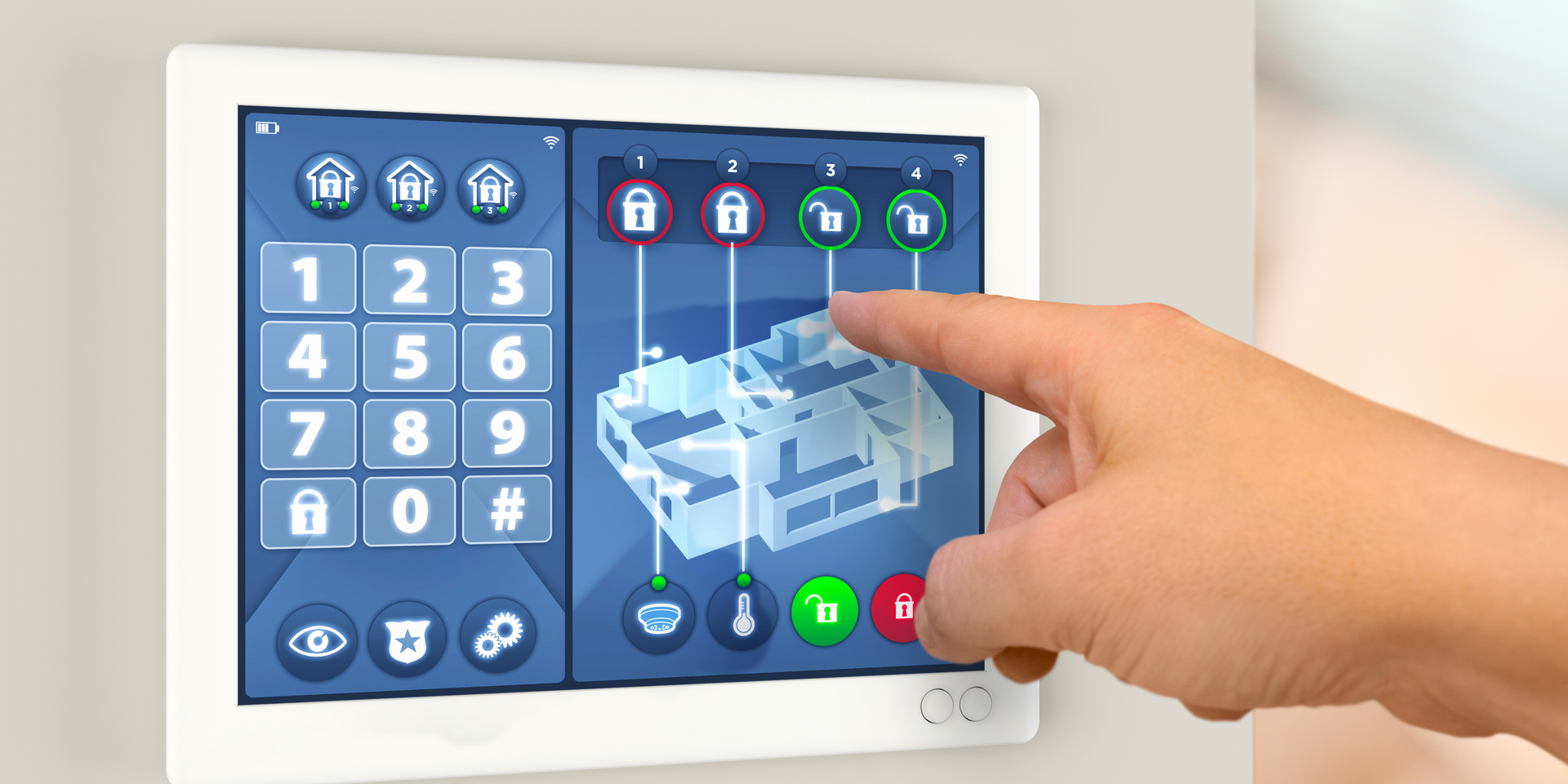What Is A Historian Software?
Historian Software is a database that is extremely useful and versatile and can be used by any operational process as a means of aggregating and organizing data. With Data Historian Software, data can be classified into pre-defined hierarchies, tagged with custom metadata, monitored for changes over time, displayed in charts and graphs to compare metrics across projects or groups of work, and vetted for accuracy before being shared with stakeholders. A software historian is a program that is used to analyze data coming from DCS and PLC control systems. The historian is able to function offline or be integrated with a live process, which means that they can be used by a variety of departments who want to save time and ensure accuracy in their content. The new features of the Sensor device allow it to collect, validate, and compress data more efficiently. Historians have been utilized in almost all industries today. With supervisors, they monitor performance, quality assurance, and machine learning applications are capable of utilizing vast amounts of historical data.
The term "tag" was originally used to refer to a stream of process data - it comes from the physical tags that have been put on instrumentation for capturing data manually. Data can be accessed through many different interfaces, depending on your preferences. These include: OPC HDA, SQL, and the REST API.
Manufacturing controls and data collection is usually determined on a supervisor level or higher. The normal control levels are functioning and the data history has been recorded.
Operational historians are often used in manufacturing plants by engineers and operators for supervisory duties and analysis. They are often called on to work with production records, maintenance logs, and engineering plans to provide a comprehensive history of the plant's operational status. An operational historian will generally take all available instrumentation and control data, but an enterprise historian for supporting business functions will only take a subset of the plant data.
The machine offers developers access to its data through APIs and SDKs, which provide high-performance read and write operations for custom applications. This enables them to provide their own custom applications that are capable of reading from and writing to the machine's database with high excellency. In the world of web databases, one of the most common interfaces is front-end tools. They allow for visualizing trends over time and uncovering insights when needed.
AI-powered applications are usually deployed close to where all their data is stored (either at headquarters, or next to the place where they're capturing data), which means they can be considered 'real-time'. Their close proximity enables them to be very responsive, since they're usually using a variety of cloud technologies to process and store their data. Some vendors may focus on being able to capture and present data in the most accurate light while others might be more focused on developing a suite of application and analysis functions.
The following are some of the most common challenges that Data Historians have:
- Instrumentation and Controls data is collected by a variety of different people and applications and can be viewed on dashboards, apps, or via email. This data is usually monitored to ensure that everything runs optimally.
- The storage and archiving of large volumes of data can be a difficult task, but the benefits are worth it. Not only is the process often very costly, but it is also time-consuming and poses challenges with long-term preservation. Yet, by storing important and often sensitive data securely in the cloud, you can have an easier time managing this task and reap many benefits.
- Data organization in the form of tags or points is a method of structuring data so that it can be easily found by search. This is done by organizing data into tags or points, which are then connected to each other and to the site's other content.
- Root cause analysis is an excellent method for identifying the root cause of a problem and alerting the right people at the right time when there is a problem in their system.
- Aggregation and interpolation can be considered a helpful process to employ during manual data entry. It is especially effective in ensuring that data is of the highest quality and stays true to the original meaning and intent of the input text.
Data access
Data access in operational historians differs from enterprise historians in that it is more focused on fetching information without providing any analysis. The data can be fetched by giving the following settings...
- Data scope is the amount of data that is used for a particular analysis. Typically, the larger the data set, the more accurate analysis can be performed. Although there are limits to what data sets can be safely processed depending on how much memory is available or how much processing power is available, it is possible to analyze very large datasets. Single point uses only the last known value for that tag, tag uses the last known value for that tag, and history based on time range uses all values inside a set time range. The reliability of our data is increased by using a larger sample size.
- There are three different modes that can be used to read data: raw, last known interval, and all points without sampling. All points with interval sampling mode are also available.
- Data omission
Despite the fact that operational historians are not relational databases themselves, they often offer an SQL-based interface for querying their data. This means that users will be able to use the SQL query language to ask questions about the data, such as "show me all of the orders which were shipped on March 3rd." The vast majority of implementations do not use SQL syntax, but instead offer their own proprietary standard for operations like retrieving, appending and updating a database.
You might also like



